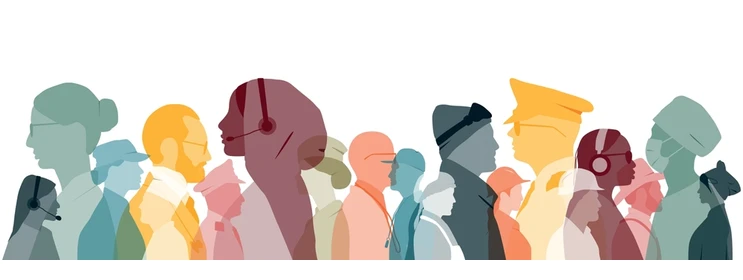
The Transitioning to Employment (TTE) program is an eight-week group intervention delivered virtually for adolescents and young adults on the spectrum. TTE was developed to (a) improve employment outcomes such as work status, engagement in employment activities, wages, and hours worked for this population, (b) improve access to quality services through a virtual program for individuals and communities typically underserved, e.g., BIPOC communities, ASD without Intellectual Disability (ID), rural areas, and (c) improve mental health outcomes like self-determination and socio-emotional functioning. To address the consistent barriers to employment in ASD populations, the TTE program was designed with the guidance of community stakeholders. The program had a specific focus on Person-Centered Planning (PCP), which uses a variety of methods to identify a person's strengths and interests.
Program Areas of Focus
- Integrated components from existing evidence-based interventions developed for transition-age autistic individuals and their families, such as Working Together (DaWalt et al. 2021) and Transitioning Together (DaWalt et al. 2018).
- Addressed topics such as ASD and employment, goal setting, person-centered planning for employment, career exploration and training options, applying and interviewing for jobs, executive functioning for employment, social and communication skills for employment, self-advocacy, building and supporting
employment skills at home, supporting employment goals at school, and so on. - Sessions were based on a combination of didactic information sharing, modeling and rehearsal of skills, group problem-solving, and resource coordination.